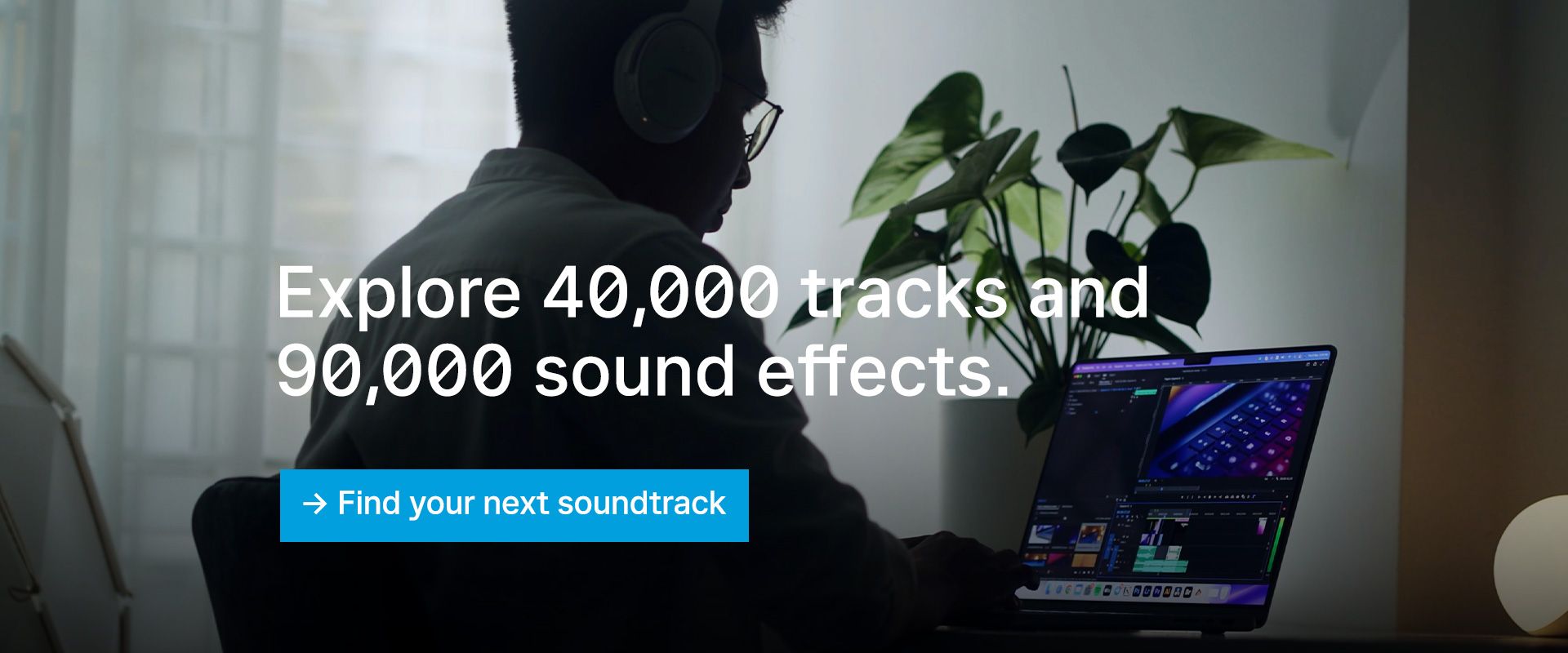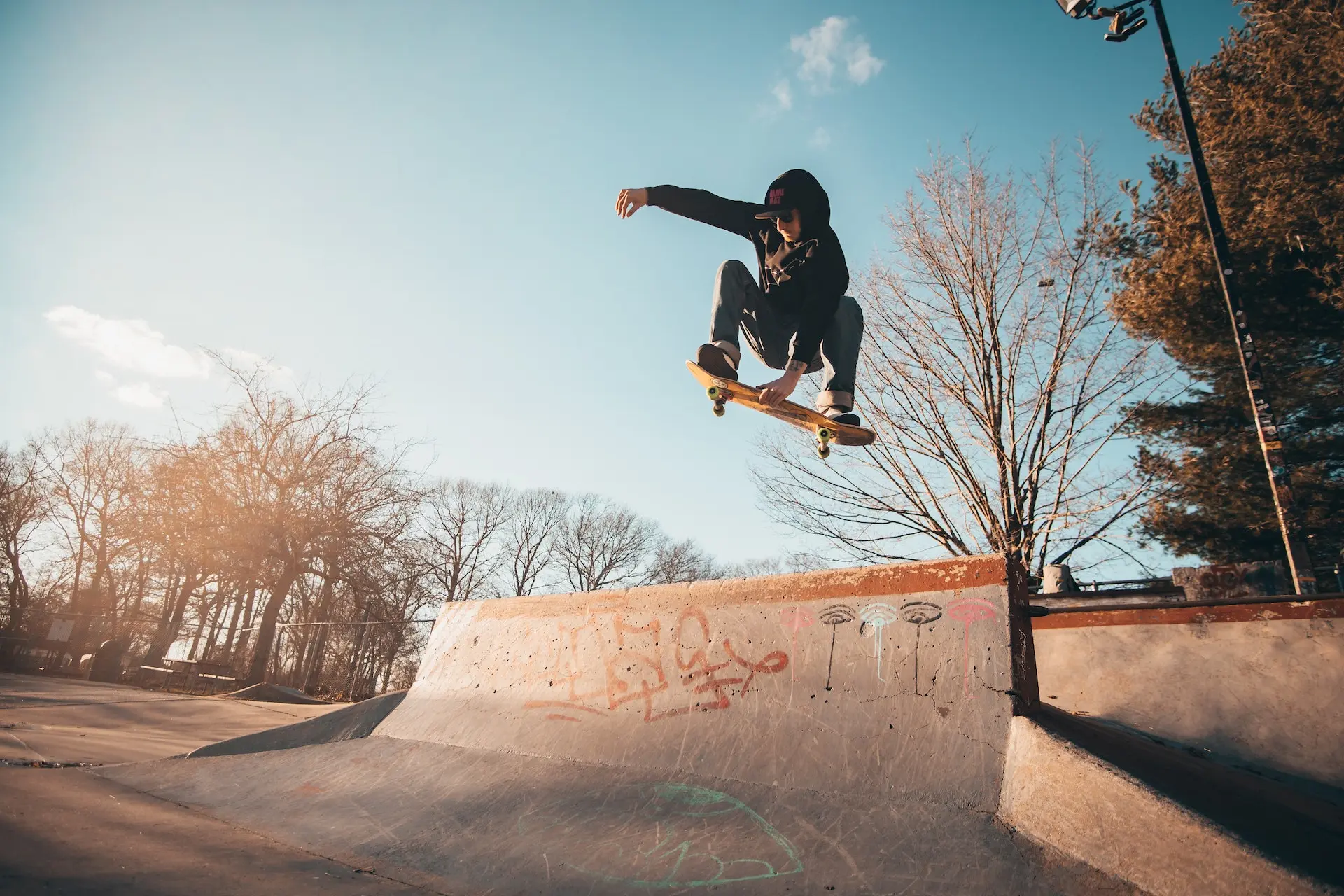Your guide to nailing the frame rate for your videos
Frame rate is used in video content every day. But what is it, and is it better to have a higher or lower frame rate?

Frame rate is used in video content every day. But what is it, and is it better to have a higher or lower frame rate? Let’s cover all of that today.
What is frame rate?
Frame rate measures how many frames appear on screen per second. It’s a term traditionally used in film and TV, but now includes smartphones, online video streams and more. Basically, if you’re filming something, there'll be some kind of frame rate.
What does FPS mean?
FPS stands for ‘frames per second.’ This measures how many frames appear on screen every second during video playback. So, for example, most smartphones capture video at a default setting of 24FPS – this means that 24 frames are used per second. Theoretically, if you paused the video 24 times in a second, each pause would give you a different still image.
What is a good frame rate for video?
Choosing the right frame rate is crucial, and it depends on what kind of footage you’re capturing. Let’s check out the most common frame rates, and which types of video suit them best.

24FPS
This is the closest frame rate to human sight. For that reason, it’s the standard. Most movies and TV shows shoot at 24FPS, giving audiences a sense of realism and immersion. Even if they’re shot at a higher frame rate, the end product is usually displayed at 24FPS.
However, if you pan too fast or are shooting busy scenes – crowds, races, moving machinery – then you’ll experience some motion blur. That’s because at 24FPS, there just aren’t enough frames to capture every detail. Anything lower than 24FPS, and you’ll definitely end up with a weird lagging effect on your footage.
30FPS
At just 6 frames more than 24FPS, you wouldn’t think there’s much of a difference. After all, this used to be the standard frame rate when TVs were first produced – so what happened? Well, once color was introduced to TVs, the frame rate was lowered to integrate the extra data that came with color.
30FPS works better for live TV or sport, giving it a smoother feel. But for most visual content, you can risk ending up with the ‘soap opera effect.’ This is the weird, uncanny movement you see in soaps, which looks almost too smooth, too detailed.
720p HD, 1080p, and 4K video is usually recorded at 30FPS, giving you richer footage.

60FPS
Recording video at 60FPS is asking for trouble. Your screen has to produce twice as many frames as 30FPS, creating a wild-looking finish that won’t look natural. It’s the perfect frame rate for video games and sport, though, and higher frame rates can give movies a certain style. For example, action movies will employ 60FPS to emphasize cool setpieces like death-defying stunts, fight sequences, or Arnie’s biceps. David Lynch’s experimental film ‘Inland Empire’ was originally filmed at 60FPS, which gave the film an uncomfortable visual style that matched the vibe.
Speaking of the vibe, frame rate isn’t the only thing that helps establish mood and emotion. Bad music kills good video – don’t let an off-kilter song derail your footage. Check out our catalog of 40,000 tracks and 95,000 sound effects below and nail the scene.

Is 30FPS or 60FPS better?
60FPS is perfect for fast movement like people running – 30FPS can’t capture this to the same standard, but will look more realistic if you’re just focusing on dialogue or slower scenic shots. If you’re filming things like splashing water, skate tricks or car chases, you can ramp things up to 120, 240, 480 or even 960FPS.
If you’re shooting for social media, it’s best to stick to 30FPS or lower. Social media displays video at a maximum of 30FPS – there’s no point filming any higher than this, as it’ll be squashed down for the platform.
Some industry professionals have cited a middle-ground as the future of cinema. The Hobbit was famously filmed at 48FPS, but only theaters with high-tech equipment could play it faithfully – most movie-goers saw it at 24FPS. Critics described the full 48FPS experience as ‘sickly’ and ‘alienating’... perhaps we’re a little while away from it becoming the norm!
What FPS is best for slow-motion?
The higher the frame rate, the more options you have to play with. More frames are created, meaning that when you establish a slow-motion effect, it will flow more fluidly, given there are fewer gaps between each frame.
If you want to create ultra-detailed, carefully crafted slow-motion, you could even consider filming at anywhere from 240FPS to something like 960FPS. This is often used to create stylized imagery in movies that’s not wholly realistic, but, to be honest, it looks cool.

There are cameras designed specifically to nail higher frame rates in glorious 4K, like the Phantom Flex4K. However, they’ll cost you, so perhaps experiment with your current equipment before taking the plunge!
You can mess around with slow-motion effects in video editing software like Adobe Premiere Pro, but just remember your camera’s limitations. If you captured footage at 30FPS, slow-motion will be a little jagged – there’s just not enough frames there to fill in the gaps when you slow down the footage.
What else affects frame rate?
It would be so simple if FPS were the only factor that determined how your footage pans out. However, everything from your camera’s shutter speed to the standard of the monitor you’re viewing your footage on will affect how it looks. In a decade’s time, who knows how your footage will look on today’s ‘regular’ TVs?

Understanding how many FPS your camera can manage, and how that looks on the screens you think it will be played on most, is a good start. But remember: there's no ‘right’ way to approach FPS. There are best practices, sure. But if you can justify it in the context of your video, and it works, then you’ve achieved what you set out to do!
The perfect soundtrack can conjure a certain mood, vibe or setting that complements and elevates your pro-level footage. If you want to take your content to the next level, why not try Epidemic Sound?
Our catalog is high-quality, affordable, and safe. An Epidemic Sound subscription goes beyond royalty-free music, removing the headache of licensing and freeing you up to do what you do best. You can enjoy the safety of our license hand-in-hand with our massive catalog of 40,000 tracks, covering just about every genre you can think of. You’ll also gain unlimited access to our advanced search functions — finding the right sound’s never been easier.
It’s better than royalty-free. It’s worry-free. Get started with Epidemic Sound below.

Are you a video editor or filmmaker? Whether you’re an absolute master or just a beginner, discover what Epidemic Sound has to offer on our Epidemic Sound for Filmmaking page. Oh, and if you’re looking for some background music for your videos, we got you covered.
Related posts:

